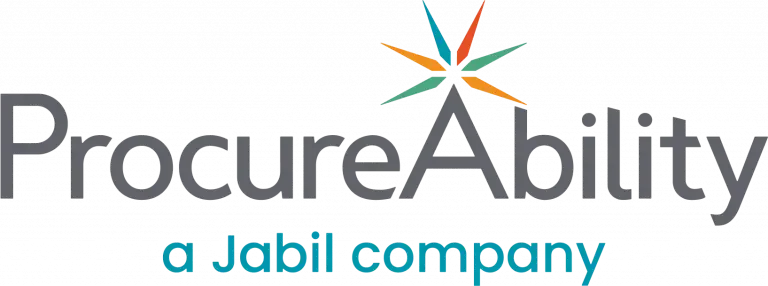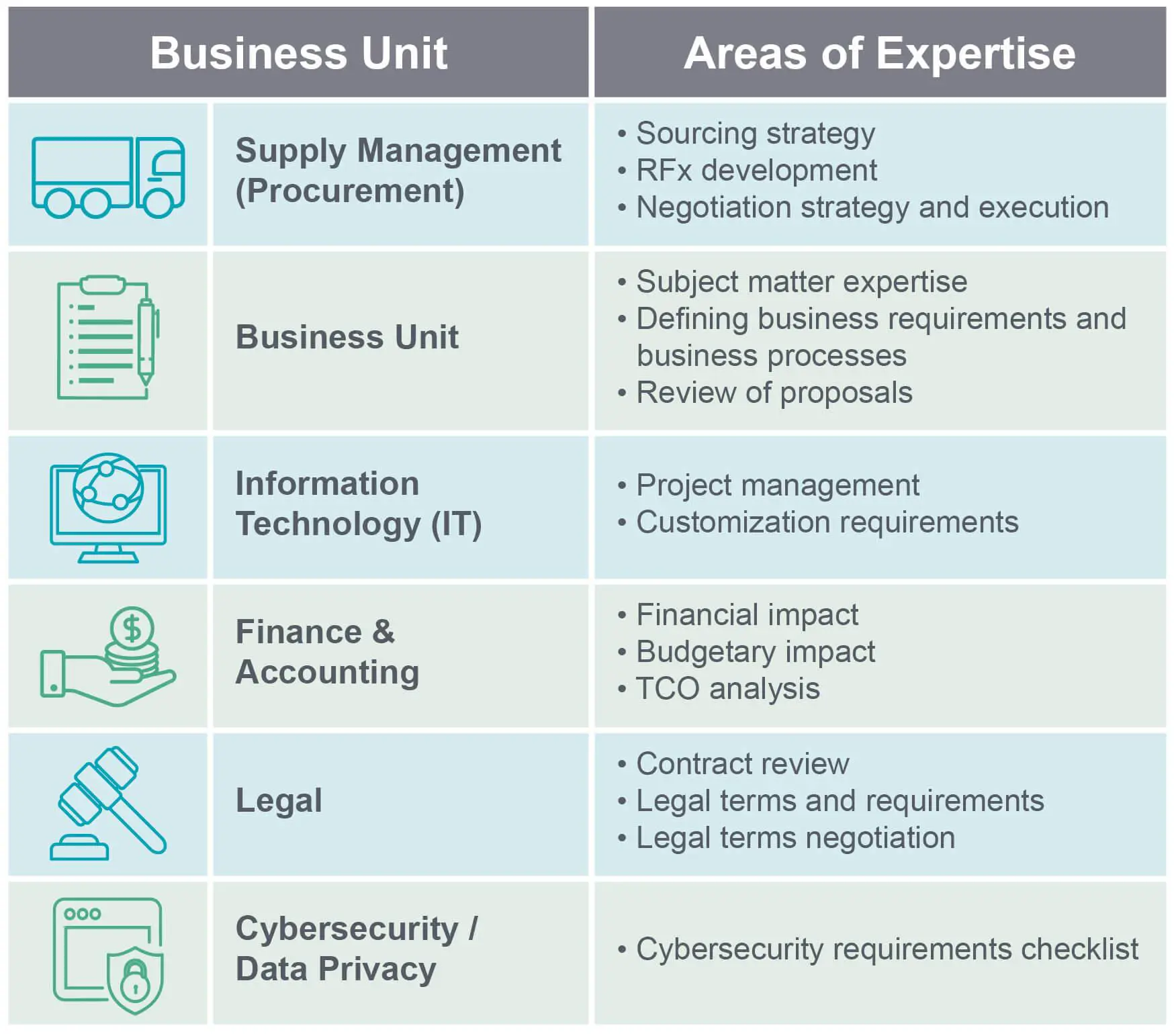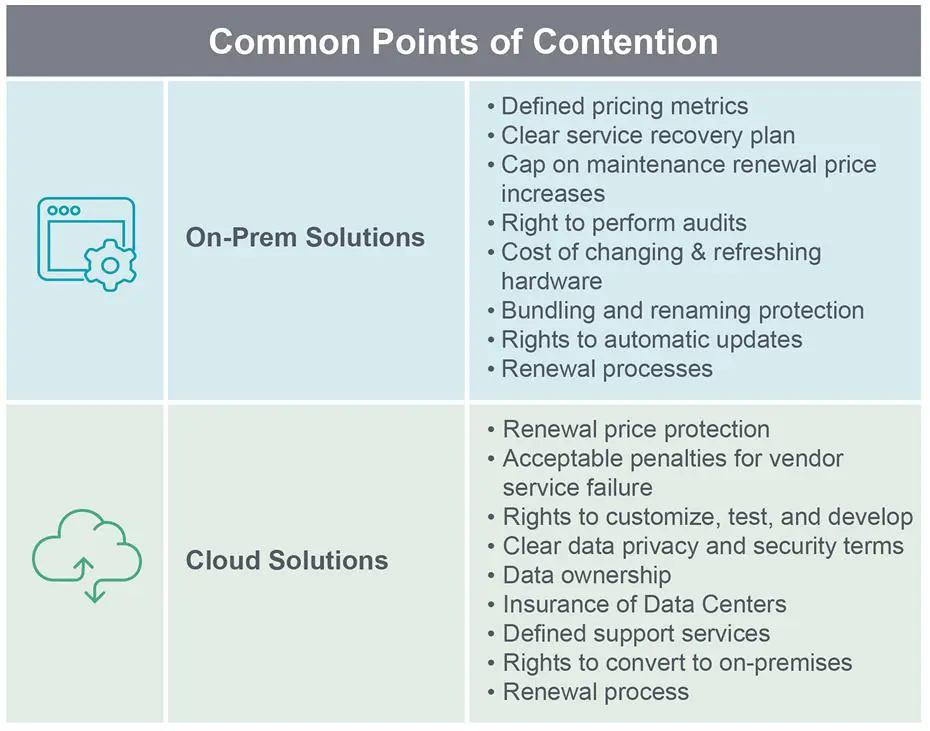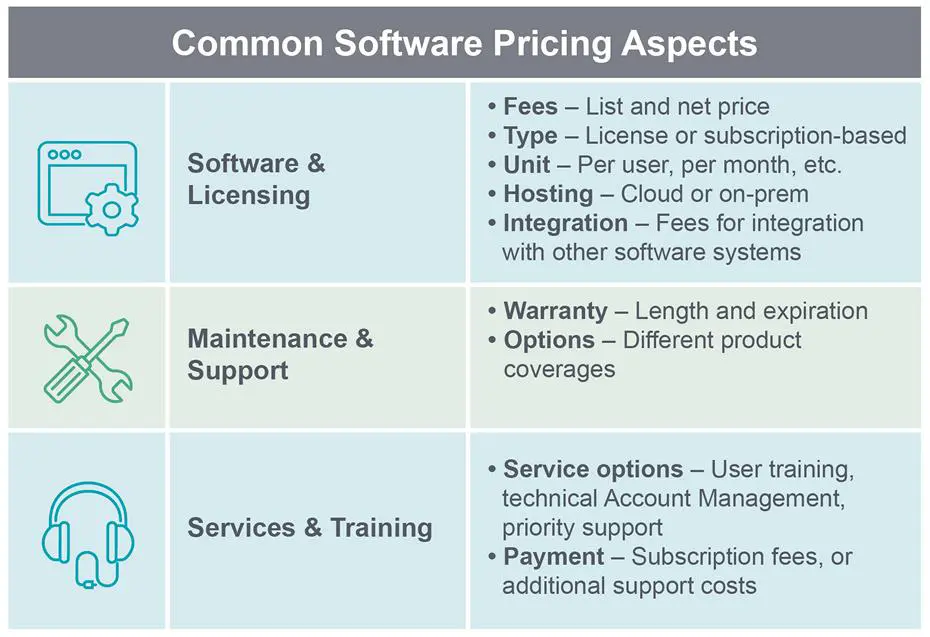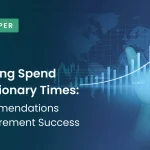If your organization is planning to invest in a new enterprise software solution—whether replacing a legacy system or implementing a platform like an ERP, CRM, or HCM for the first time—it’s a decision with significant long-term implications. These systems impact nearly every function of the business, making it essential to approach the process with a strong, strategic sourcing and procurement plan. A well-structured enterprise software sourcing strategy not only improves vendor evaluation and software contract negotiation outcomes but also helps streamline implementation and drive long-term user adoption across the organization.
In this blog, we’ll share proven best practices for sourcing and negotiating enterprise software agreements, helping procurement teams deliver maximum value from their technology investments.
Best Practice #1: Engage Cross-Functional Stakeholders Early
One of the defining characteristics of enterprise software procurement is its broad organizational impact. These systems affect multiple departments, processes, and stakeholders, so it’s critical not to navigate the sourcing and negotiation process alone.
Procurement teams should assemble a cross-functional sourcing team that brings together diverse perspectives from across the business. This collaboration not only improves decision-making but also strengthens your negotiation strategy by aligning internal priorities and identifying key requirements early. Below is a reference table highlighting the roles and insights that different business functions can contribute to your enterprise software sourcing process:
Best Practice #2: Develop a Strategic and Detailed RFP
Whether you’re implementing a new platform or upgrading an existing system, creating a comprehensive Request for Proposal (RFP) is a critical step in the enterprise software sourcing process. A well-crafted RFP helps your procurement team clearly define business needs, establish key requirements, and set the foundation for a competitive and transparent vendor selection process.
Start by engaging internal stakeholders to identify functional, technical, and operational requirements. This insight will help your team prioritize features, workflows, and outcomes that matter most to the business. Be sure to ask vendors how they address specific requirements so you can evaluate:
- Software functionality and feature fit
- Implementation approach and timelines
- Total cost of ownership
- Industry-specific capabilities and use cases
Once qualified proposals are received, coordinate vendor demonstrations to explore key functionality in action, resolution plans for any gaps or limitations, customization capabilities and post-implementation support. A structured RFP process is essential for effective software vendor evaluation and ensures your organization selects a solution that delivers long-term value, scalability, and alignment with your broader procurement strategy.
Best Practice #3: Understand your Fees and Hidden Costs
It’s highly likely that you will end up having to pay more than the price listed on a software company’s website, and even initial proposals may not list every fee that could be coming your way.
When negotiating with a software vendor, do the research to assess the total cost, considering several aspects:
As part of your enterprise software procurement process, it’s critical to understand how vendors price their solutions. Software pricing models vary widely, and knowing the structure behind the cost helps your procurement team accurately evaluate total cost of ownership, compare proposals, and prepare for more effective software contract negotiations.
Most enterprise software solutions follow one of the following pricing models:
-
Size-Based Pricing – Charges are based on the size of your organization, such as total annual revenue or employee headcount.
Example: A company with 5,000+ employees may pay more for access than a smaller firm due to broader system use. -
Transaction-Based Pricing – Fees are based on the number of transactions or usage frequency.
Example: A payroll platform charging per pay cycle or a supply chain system billing per order fulfillment. -
Outcome-Based Pricing – Costs are tied to the measurable results delivered by the software.
Example: Pricing based on a percentage of cost savings generated or qualified leads increased.
Understanding these pricing structures will help you develop a more strategic approach to software sourcing and vendor negotiations, ensuring the selected solution aligns with both your budget and business goals.
Best Practice # 4: Don’t Be Bullied with Terms & Conditions
Software companies are notorious for insisting on their own (self-serving) terms & conditions when negotiating with new customers. To ensure your needs are met, it is best to prepare key areas where you may need to negotiate. Here are common points of contention with software companies to consider:
Best Practices #5: Don’t Box Yourself in to One Supplier
Through the RFP process, you will come to a point where you narrow the potential vendors down to two finalists. It may be to your benefit to negotiate with both vendors until you have reached a deal.
Different vendors will prioritize different negotiation points and be willing to concede on different items in a contract. By having options (and making both vendors aware of your options) you increase your leverage and ability to negotiate a favorable deal.
If your team determines that requirements just cannot be met within the negotiating process, do not be afraid to walk away. If you do walk away from negotiations, meet with the team to: reframe expectations, strengthen negotiation tactics and to determine whether the next-best software option is a realistic candidate.
Conclusion: Set Your Enterprise Software Procurement Up for Success
Taking the time to apply these enterprise software sourcing best practices, from stakeholder alignment to a well-structured RFP and data-driven software contract negotiation, will empower your procurement team to drive greater value, reduce risk, and ensure long-term success. In a constantly evolving tech landscape, where new platforms and providers emerge regularly, it’s more important than ever to take a strategic procurement approach. The right sourcing strategy doesn’t just secure the best price—it ensures a solution that meets your business needs, supports scalability, and aligns with long-term goals.
Need support on your next enterprise software procurement initiative? ProcureAbility’s IT sourcing experts help organizations navigate complex evaluations and negotiations with confidence, delivering cost savings, mitigating risk, and ensuring implementation success.
